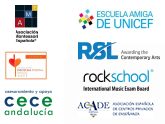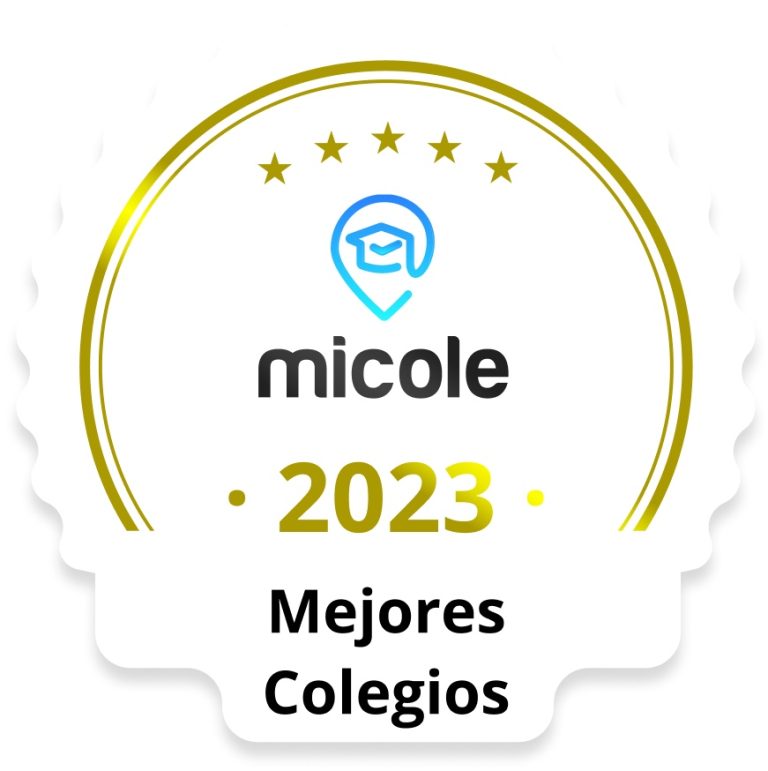Children will learn new skills, acquire new knowledge and
demonstrate their understanding through 7 areas of learning and
development outlined in the EYFS.
Hours: Monday to Friday 9:00 to 15:30 including an organic lunch. Extracurricular Activities: From 15:30
Between 2.5 to 5 years old. Children are given opportunities to make their own decisions and to learn new skills, choosing between hundreds of activities in a carefully prepared environment. Children become experts in guiding their own learning and discovering the world.
Younger children are inspired by older ones, while older children use their knowledge and responsibilities to help the younger children. A natural spirit of cooperation and contribution is deepened and strengthened by daily experience. This deepens the child’s concentration and creates a surprising harmony in the group. As their skills develop, so do the challenges.
Children this age have an innate tendency to find out about their world, their time and place, and to make sense of it. The Montessori environment provides children the keys to the world, and prepares them, to find and take their place in it.
The classroom is divided into five areas:
This exercises are the first introduced at the arrival at the Childern’s House. They are attractive and make a bridge with their family reality as they have to do with everyday life. This area helps the child develop fine motor skills and coordination as well as help develop the ability to concentrate. Independence, security, self-esteem, self-discipline and group cohesion is encouraged.
Through this area the physical qualities of the world are explored: Color, weight, length, texture, flavor, color, sound, dimension. While children are increasingly refining their sensory perceptions, also they continue to develop their ability to concentrate, appreciation of detail and movement control. This work also indirectly prepares them for the study of mathematics and science
Language is very important at the Children’s House. The guides have moments of conversation and try to use precise language to enrich the vocabulary of children. Phonics games with sounds are made while simultaneously tracing sandpaper letters. The experience of a child exploring the sounds and letters leads naturally to learn the letters. The sounds are combined into words, and writing is the expression of the childs thoughts. Then comes reading single words that give way to the excitement of messages, stories, songs… The child walks up to the total reading, a love of reading starts at this stage and is cared for at subsequent stages.
Before the child can work with math materials he has already seen mathematical concepts from practice and sensory life such as length, weight and quantity. The decimal system is internalized from a sensory point of view and is progressing on its way to abstraction. The child’s desire to know takes children from 4 years to the association of quantity and number, and then will come the materials that allow them to do addition, subtraction, multiplication and division with four-digit numbers and brings big smiles. By six they are working with millions and long division. They love mathematics.
Within these materials are globes, wooden puzzles maps of different continents and countries. Specifically with this material after exploring the names of continents and countries learn. Also products, animals, climates of each continent and the people who inhabit them. Increasing their understanding of cultural diversity. Other activities to note are scientific experiments as magnetism and buoyancy, among other activities that allow children to discover the world around them. These activities will give the key to the discovery of the world, the universe and humanity that will form the basis of learning in Elementary.
Music is another important aspect that is part of the curriculum every day through songs, music and movement, children are introduced to the basics of musical expression. They can also explore the tone and rhythm with bells and other percussion instruments.


© 2021 Montessori School | Developed with ❤️ by IOBMarketing